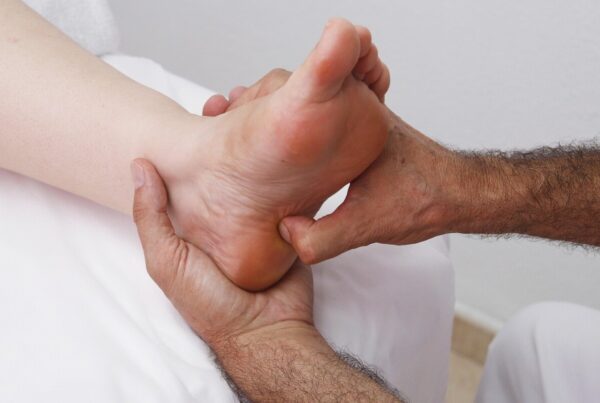There are just over three months to go until the start gun goes off on Sunday 11th August for Sydney’s City2Surf 2019. The City2Surf has become the world’s largest fun run, but it had humble beginnings 48 years ago in 1971 with only 1,500 entrants. It has been growing ever since, attracting participants from all walks of life and of all ages. Last year, 80,000 people from across Australia and beyond walked, jogged and ran the iconic 14 km course that starts in Sydney’s Hyde Park and comes to a stunning finish at the world-renowned Bondi Beach.
My colleague, Patrick, recently wrote a blog discussing how beneficial strength training can be for improving running economy, improving performance and reducing injuries.
This current blog series of three parts will explore how and what strength exercises you should be including in your program to achieve your best time in this year’s City2Surf.
Heavy or light weight?
Runners who incorporate weight training in their exercise regimes have frequently used high reps and low weight to mimic the endurance demands of running. However, heavy weight training has been shown to improve running performance, while a light weight circuit-style form of training has not been shown to result in any improvement in performance (Mikkola et al. 2011). A runner’s aim should be to improve the strength of the muscles as well as tendon stiffness, through following a high weight and low rep scheme.
Do I just need to target the glutes?
The gluteals are the largest muscle group in the body and provide the pelvis with stability which is important for running. However, a comprehensive weight training program should also target the thigh and calf muscles, which actually play a greater role in supporting the body during running than the gluteals. The calf musculature (soleus and gastrocnemius) has been shown to contribute a massive 50% of the torque that supports the body during running. The soleus absorbs 6-7 times our body weight during running (Dorn et al. 2012). Between 20 and 60 years of age, calf muscle performance has been shown to decline by 31% (Devita et al. 2016), therefore making it essential for a runner to target those muscles in their weight training program.
Do my weight training exercises need to be functional?
There is good evidence showing that doing functional exercises that replicate the movement patterns of running do not have carry-over to running. The aim of strength training exercises should be to increase the capacity of the body’s tissues to handle load, rather than to improve movement mechanics.
In Parts Two and Three of this blog series, we will explore what specific exercises a runner should be doing to improve running performance and reduce injury risk.
At Bend + Mend in Sydney’s CBD we perform comprehensive Running Assessments for people who want to improve their running speed and efficiency. Book in for an Assesssment at our Barangaroo clinic today.
References:





